Transplated 2 CLIMBING Hydrangea! Want to protect them!
bosgal
13 years ago
Related Stories
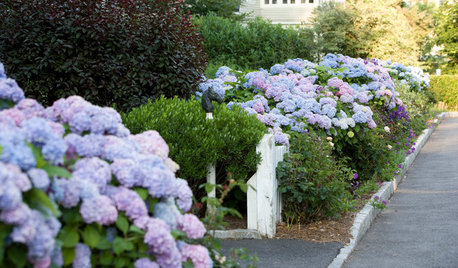
FLOWERSWhy You Should Give Hydrangeas a Place in Your Yard
The exuberant mop-headed beauties evoke dreams of an endless summer by the sea
Full Story
LANDSCAPE DESIGNThe 7 Best Plant Types for Creating Privacy and How to Use Them
Follow these tips for using different kinds of plants as living privacy screens
Full Story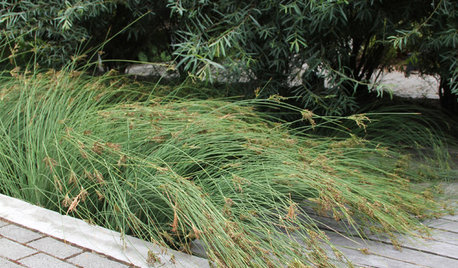
GARDENING GUIDESProtect a Precious Resource With a Rain Garden
Promote pure water and a beautiful landscape with a garden design that makes the most of the rain
Full Story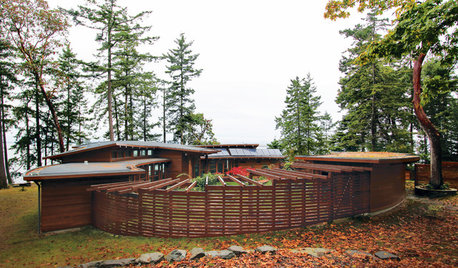
FENCES AND GATESA Deer Fence Can Be Decorative as Well as Protective
You need a monster-size fence to shelter your garden from deer, but it doesn’t have to look like a monstrosity
Full Story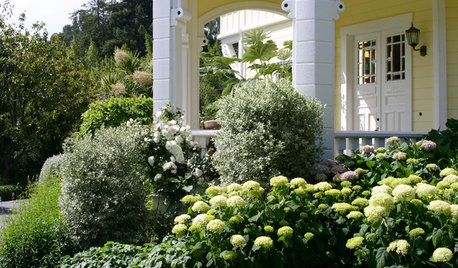
GARDENING AND LANDSCAPINGHave a Ball With Hydrangeas
Even if you don't tinker with the hue by changing the soil, hydrangeas have an entertaining range of uses in all kinds of landscapes
Full Story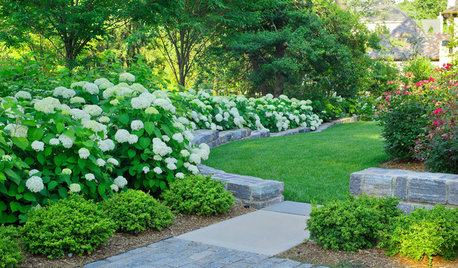
FLOWERS AND PLANTSHydrangea Arborescens Illuminates Garden Borders and Paths
This long-blooming eastern North American native shrub finds a home in landscapes around the world
Full Story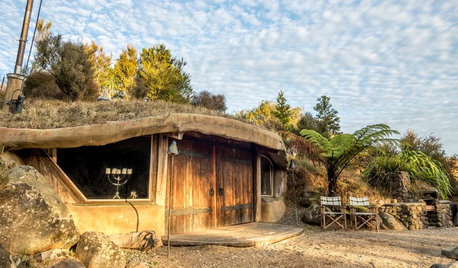
FUN HOUZZWe Can Dream: Hobbit Houses to Rule Them All
Escape the real world and explore your Middle-earth fantasies
Full Story
CONTAINER GARDENS7 Deer-Resistant Flowers for Your Summer Containers
Grow these as protection for edibles or just for their colorful beauty — deer might not like them, but everyone else will
Full Story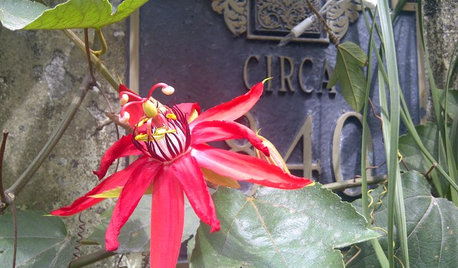
FLOWERS5 Sensational Flowering Vines for Warm Climates
Splash your garden with bright tropical color from late summer through fall with these showy trailing and climbing beauties
Full Story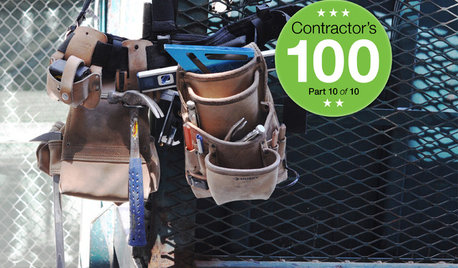
REMODELING GUIDESContractor's Tips: 10 Things Your Contractor Might Not Tell You
Climbing through your closets and fielding design issues galore, your contractor might stay mum. Here's what you're missing
Full Story





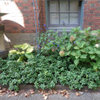
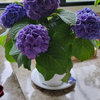
luis_pr
bosgalOriginal Author
Related Professionals
New Bedford Landscape Architects & Landscape Designers · Kyle Landscape Architects & Landscape Designers · Panama City Landscape Architects & Landscape Designers · Piqua Landscape Architects & Landscape Designers · Dixon Landscape Contractors · El Segundo Landscape Contractors · Hickory Hills Landscape Contractors · Indio Landscape Contractors · Mastic Beach Landscape Contractors · North Highlands Landscape Contractors · Tamarac Landscape Contractors · Wilsonville Landscape Contractors · Baltimore Siding & Exteriors · Enfield Siding & Exteriors · Southampton Siding & Exteriorsgardengal48 (PNW Z8/9)